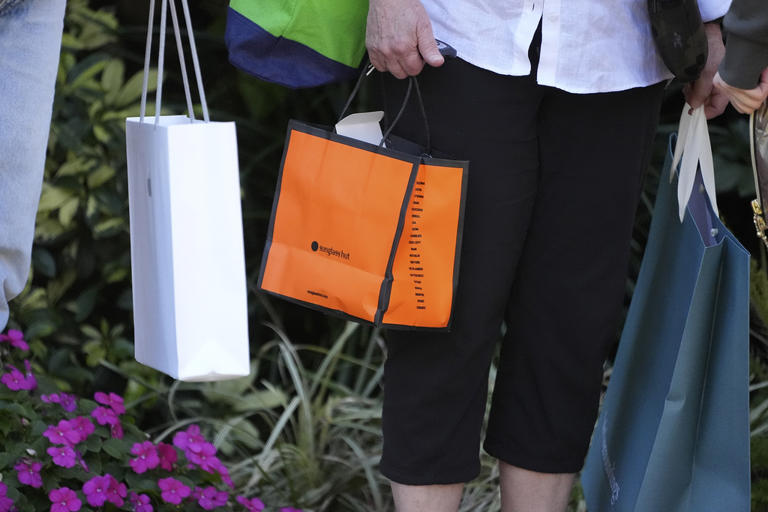Consumer prices are anticipated to have increased last month, potentially surpassing the Federal Reserve’s inflation target. This scenario underscores the Fed’s cautious approach to interest rate cuts and suggests that inflation will remain a significant issue leading up to the presidential election.
However, the report from the Labor Department may also reveal a continued easing of underlying price pressures, indicating a gradual improvement in inflation control.
Economists predict that prices rose at a robust 0.4% annual pace from January to February, up from a 0.3% increase the previous month. Year-on-year inflation is expected to have held steady at 3.1% in February, unchanged from January.
The surge in consumer prices is likely driven by higher gas costs, with the national pump price climbing from $2.94 to $3.08 per gallon from mid-January to mid-February. Additionally, grocery prices are expected to have risen, along with higher food and labor costs contributing to increased restaurant prices, surpassing pre-pandemic levels.
Excluding volatile food and energy costs, economists anticipate that “core” prices increased by 0.3% from January to February, down from a 0.4% rise in the previous month. On a year-on-year basis, core prices are projected to have risen by 3.7% in February, down from 3.9% in January, marking the smallest increase in nearly three years. Core inflation is closely monitored as it provides insights into future inflation trends.
Overall inflation has significantly decreased from its peak of 9.1% in June 2022, but the pace of easing has slowed compared to last spring and summer. Many goods, including appliances, furniture, and used cars, are experiencing price declines after supply chain disruptions during the pandemic led to steep price increases. There is now an abundance of new cars at dealerships and electronics on store shelves.
In contrast, prices for services such as restaurant meals, car repairs, and hospital care continue to rise at a faster rate than before the pandemic. Car insurance costs have surged by nearly 21%, reflecting higher auto repair and replacement expenses. Hospitals, having raised wages for in-demand staff, are passing on the increased labor costs to patients through higher prices.
Perceptions of inflation are likely to play a pivotal role in this year’s presidential election. Despite a robust job market and record-high stock market, many Americans attribute the surge in consumer prices to President Joe Biden. While inflationary pressures have eased considerably, average prices remain significantly higher than they were three years ago.
In his recent State of the Union address, President Biden outlined measures taken to mitigate costs, such as capping insulin prices for Medicare patients. He also criticized large corporations for engaging in practices like “price gouging” and “shrinkflation.”
Federal Reserve Chair Jerome Powell indicated in congressional testimony that the central bank is nearing a decision to cut rates. Fed officials have expressed the need for greater confidence that inflation is steadily decreasing towards their 2% target level. Powell suggested that consumers seeking cheaper alternatives and strong hiring trends could contribute to declining prices.
Most economists anticipate the Fed’s first rate cut to occur in June, possibly in May. Rate cuts would gradually reduce borrowing costs for mortgages, car loans, credit cards, and business loans.
However, a strong economy could potentially sustain elevated inflation levels. Despite expectations of a recession last year, hiring and growth remained robust. The economy expanded by 2.5% in 2021, with similar growth projected for the first quarter of 2022. While unemployment remains low, a slight rise and slower wage growth could signal a cooling economy, prompting the Fed to proceed with rate cuts to support inflation reduction.
